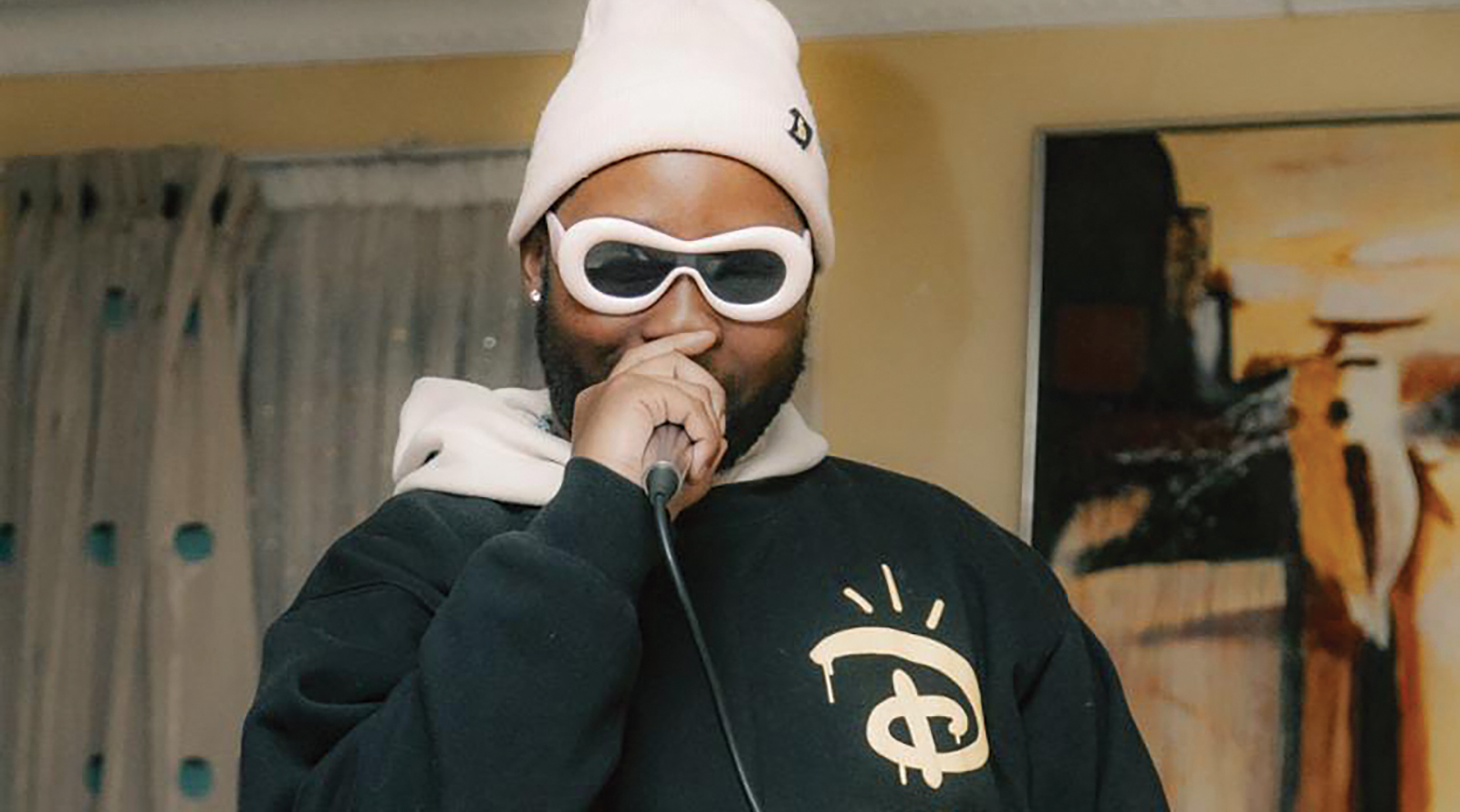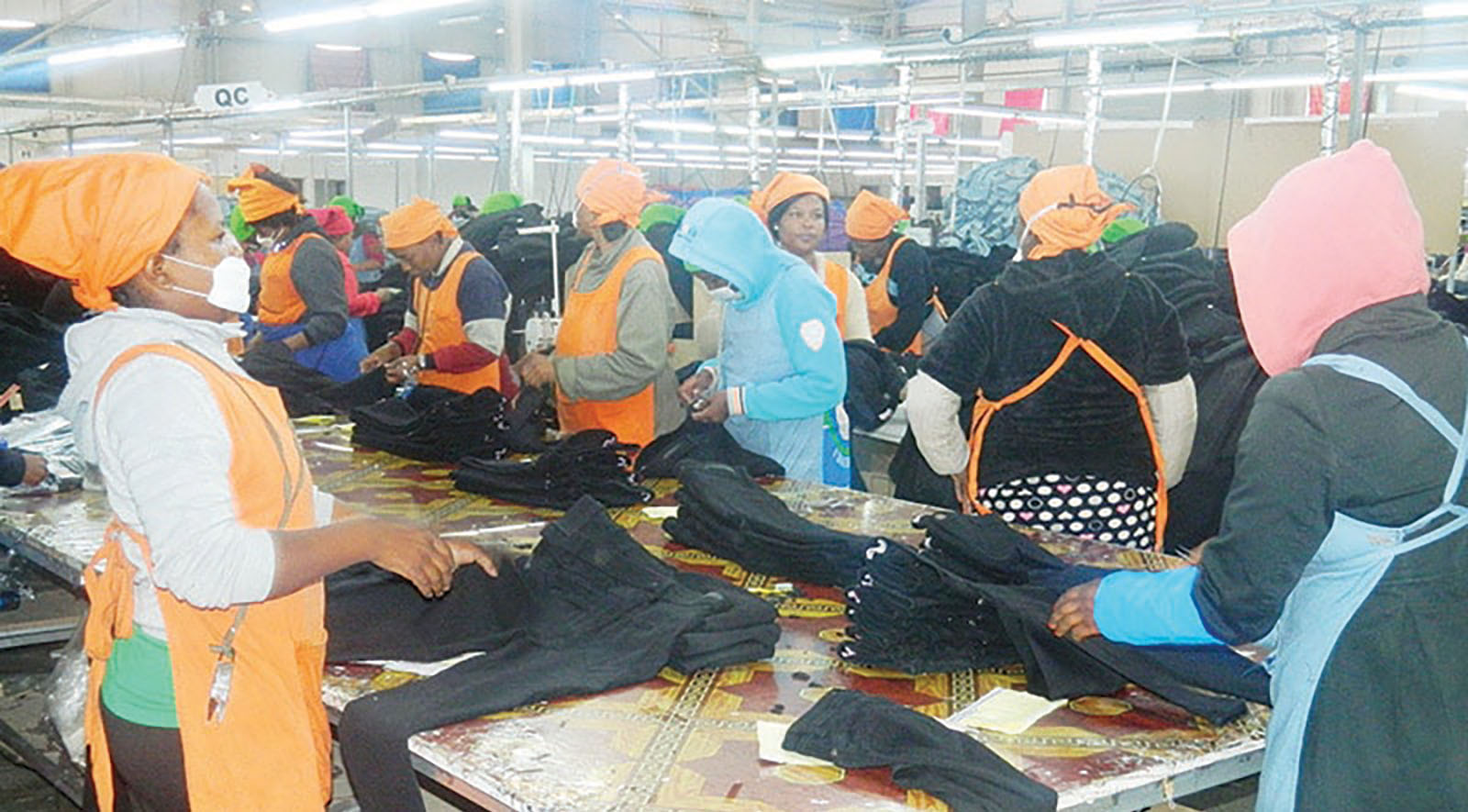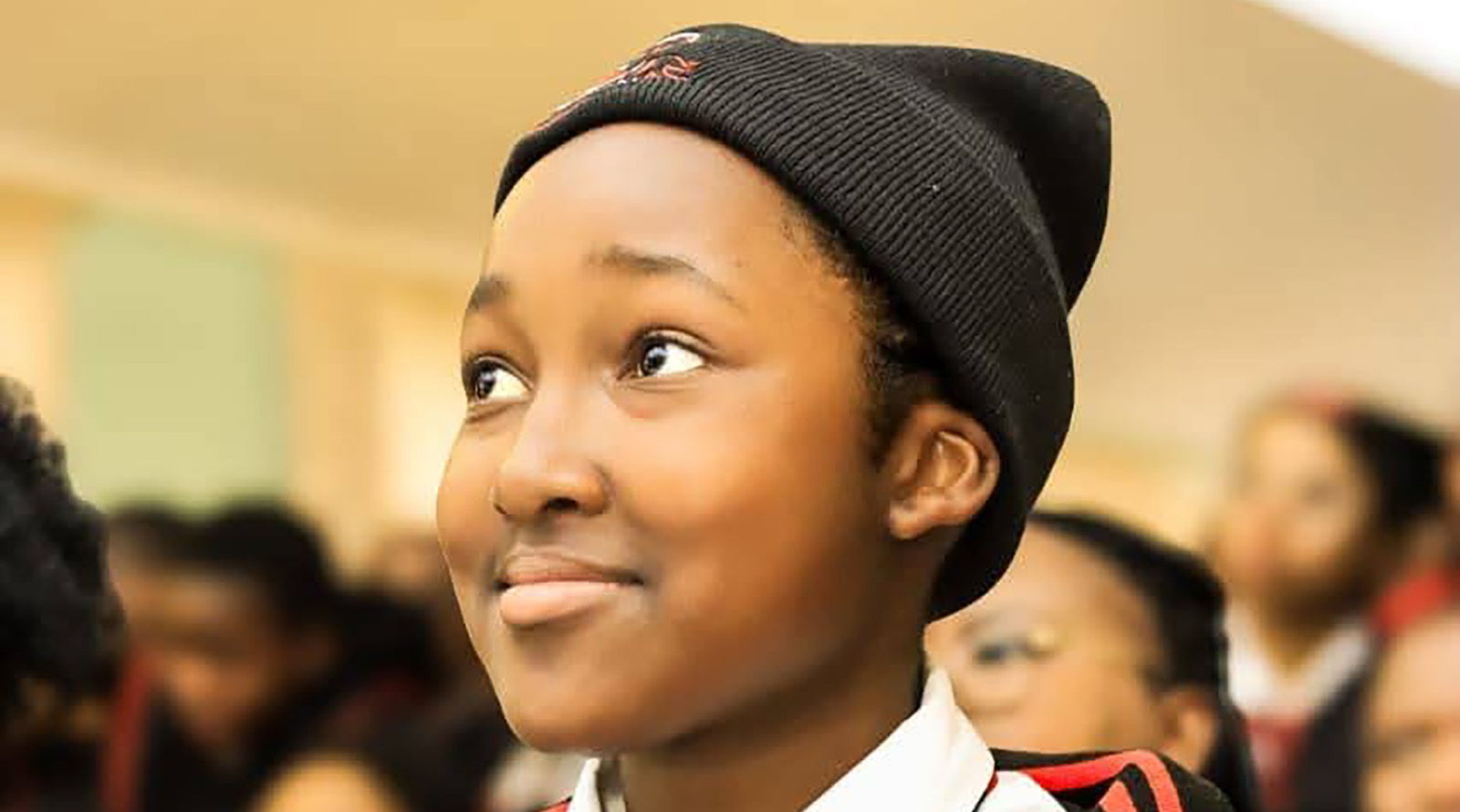The vulture and the healer: tradition on trial in Lesotho’s skies

SHARE THIS PAGE!
By Nicole Tau
High above the jagged Maloti mountains, a lone bearded vulture circles, its wingspan like a shadow stretched across the land. Below, at a roadside traditional medicine stall in Maseru, fragments of feathers and bones are traded quietly under the table, sacred medicine to some, but a death sentence to the species itself.
This is the tension gripping Lesotho today: the clash between traditions that have endured for centuries and the urgent calls of conservationists fighting to save one of Africa’s rarest raptors, the bearded vulture, or ntsu kobo-kobo in Sesotho.
The bearded vulture is a bird unlike any other. With rust-colored plumage, piercing red eyes, and a habit of feeding almost exclusively on bone, it occupies a niche that no other scavenger can fill. Conservationists call it the “clean-up crew” of the mountains, preventing the spread of disease by consuming carcasses that would otherwise rot in the open.
“The bearded vulture is a bird of importance to our environment as it plays a huge part as a clean-up crew and maintaining ecological balance,” says Suping Makoaela, founder of the Wildlife and Environment Conservation Centre in Lesotho. “If it disappears, we are going to experience environmental problems as carcasses decompose naturally and increase the pH in our soil.”
Yet its symbolic power is equally profound. In Sesotho culture, as in neighboring traditions across Southern Africa, vultures are associated with vision, protection, and wisdom. Their body parts, used in traditional medicine (moriana) and rituals, are thought to transfer the bird’s gifts to those who consume or use them.
While bearded vultures are often a feared bird, the belief that they hunt large live prey is a misconception. They are specialized scavengers, with a diet that consists almost exclusively of bone fragments from dead animals. This unique behavior makes them one of nature’s most efficient recyclers, not a predator in the traditional sense.
This dual identity, healer and scavenger, sacred and endangered, makes the bearded vulture’s story both tragic and urgent.
Across the markets in town, whispers persist about the potency of vulture medicine. Traditional healers, or lingaka tsa Sesotho, prepare remedies that incorporate feathers, bones, and sometimes the head of a vulture.
To dismiss these practices outright would be to misunderstand their place in Basotho identity. They are part of a centuries-old system of knowledge and healing. The vulture, with its ability to see vast distances and survive in harsh conditions, embodies resilience and foresight, qualities healers seek to transfer to their clients.
But reverence comes at a steep cost: every ritual or medicine that requires a vulture part removes one more bird from a population already on the brink.
Across southern Africa, the bearded vulture population has plummeted. Recent estimates by the Bearded Vulture Task Force, indicate that fewer than 350 individuals, that’s fewer than 100 breeding pairs remain in the Maloti-Drakensberg mountains, the only breeding stronghold left in the Southern Hemisphere.
“The population definitely isn’t stable,” says Sonja Krueger, Bearded Vulture Recovery Program Coordinator. “It is a declining population… It’s literally the only population in the Southern Hemisphere in this small area. Over the last fifty, sixty years, the population has declined by more than 30 percent. We used to have as many as 600 individuals. Now we’re at half of that.”
The threats are varied and relentless: There arefarmers, particularly in Southern Africa that put out poisoned bait for jackals, which vultures then feed on. However, in Lesotho, some still believe vultures kill livestock, so the birds are poisoned directly.
“Killing specifically for traditional medicine is a huge problem,” Krueger explains. “We do see birds in markets. In fact, the only way we’ve had a bird in captivity at the beginning in 2012, came from a traditional medicine practitioner in Lesotho who was holding it illegally in a cage.”
Powerlines and infrastructure also contribute to the declining vulture population. Expanding development fragments habitats and increases deadly collisions.
Lead contamination is another reason. Vultures ingest fragments of lead bullets when feeding on carcasses left behind by hunters.
With bearded vultures raising only one chick every one to two years, each adult lost is a catastrophic blow. “If you’re losing the adults, that’s a huge blow to the population,” Krueger warns.
On paper, Lesotho has strong laws. According to Lesotho’s own Environment Act of 2008, authorities may identify endangered species, restrict trade, and mandate penalties, but even these safeguards have failed to stop bearded vultures from vanishing from village skies.
The older 1969 Proclamation offers some protection but is essentially lost to most Basotho, buried in legalese and ignored in enforcement.
Protected areas like Sehlabathebe National Park do exist, yet they don’t encompass the bird’s nesting grounds, gaps that leave vultures exposed in places where land use is unmonitored. Meanwhile, proposed laws like the 2022 Biodiversity and Management Resources Bill could modernize conservation, but remain stalled in Parliament
“The laws protecting the bearded vulture are strict and I commend the government for that,” Makoaela says. “However, people are not aware of these laws, and police take protection of birds for granted. They shrug when notified about wildlife crime.”
Krueger agrees that awareness and enforcement are key gaps. “In Lesotho, the bird species are protected, but not enough people know that. Birds are freely available on the market, so there obviously hasn’t been much law enforcement to date around that.”
Even when enforcement exists, officers face intimidation. “Traditional healers don’t cooperate,” Makoaela adds. “Rather, they threaten to bewitch the police, and that hinders them in doing their work.”
Meanwhile, the vultures themselves pay no heed to borders, soaring from Lesotho into South Africa, where stricter enforcement exists. Cross-border cooperation is critical, Krueger stresses: “Whatever we do on one side affects the other, so it’s important we work together to address the threats.”
But, amid the crisis, sparks of hope flicker.
Krueger recalls past engagements with healers in Lesotho: “They admitted to using bearded vultures, but they were prepared to change the species they use, which is quite interesting because on the South African side they say there is no substitute. It was encouraging to hear that in Lesotho they were willing to change.”
Still, she cautions, dialogue is sporadic: “There’s been one or two engagements, but it hasn’t been an ongoing thing. What needs to happen is a lot more work with traditional healers, having a traditional healers’ forum that we can engage with.”
For Makoaela, the solution lies in education and pride: “We need frequent community outreach and to incorporate bearded vulture conservation in school curriculums. If children grow up seeing vultures as symbols of pride rather than resources, they can become the species’ guardians.”
Birdwatching tourism could also turn vultures into an economic asset, incentivizing communities to protect them.
Lesotho’s struggle mirrors global trends. In Asia, entire vulture populations collapsed due to poisoning from veterinary drugs. In West Africa, demand for traditional medicine has driven vultures to the brink.
“The birds fulfill a critical environmental role in that they clean up the environment,” Krueger says. “But most healers are unaware of the threats to the species or the value of the species in the environment.”
The bearded vulture’s plight is more than a biodiversity crisis. It is also a cultural reckoning. If ntsu koko kobo disappears, Basotho will lose not only a keystone species but also a living symbol that has shaped their medicine, myths, and spiritual identity.



BEDCO, RSL to train youth entrepreneurs
5 days ago
Sehlabathebe power project to resume
7 days ago
Manufacturers cry foul over bricks imports
8 days ago
Unions to petition Matekane
8 days ago
Adv Phoofolo accorded state funeral
9 days ago
VCL report shows significant growth
11 days ago
Youth activist Masupha to launch book
12 days ago
Teen poet makes literary history
12 days ago